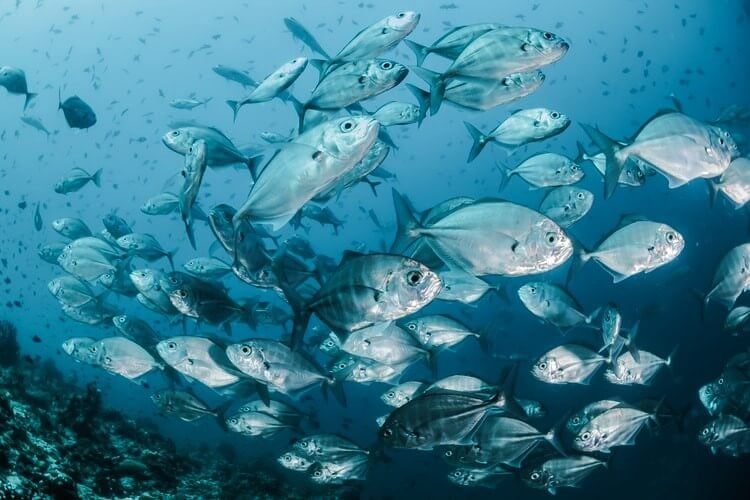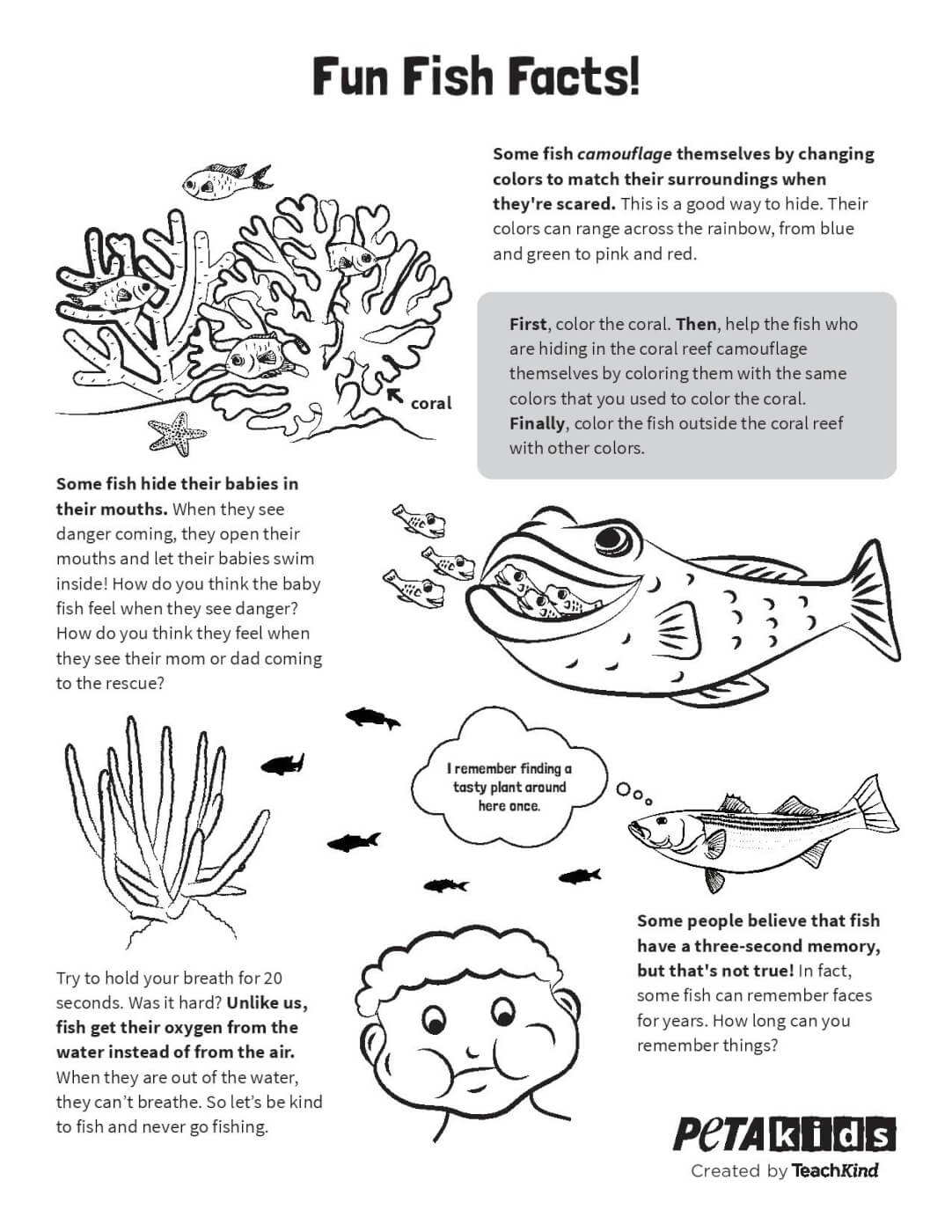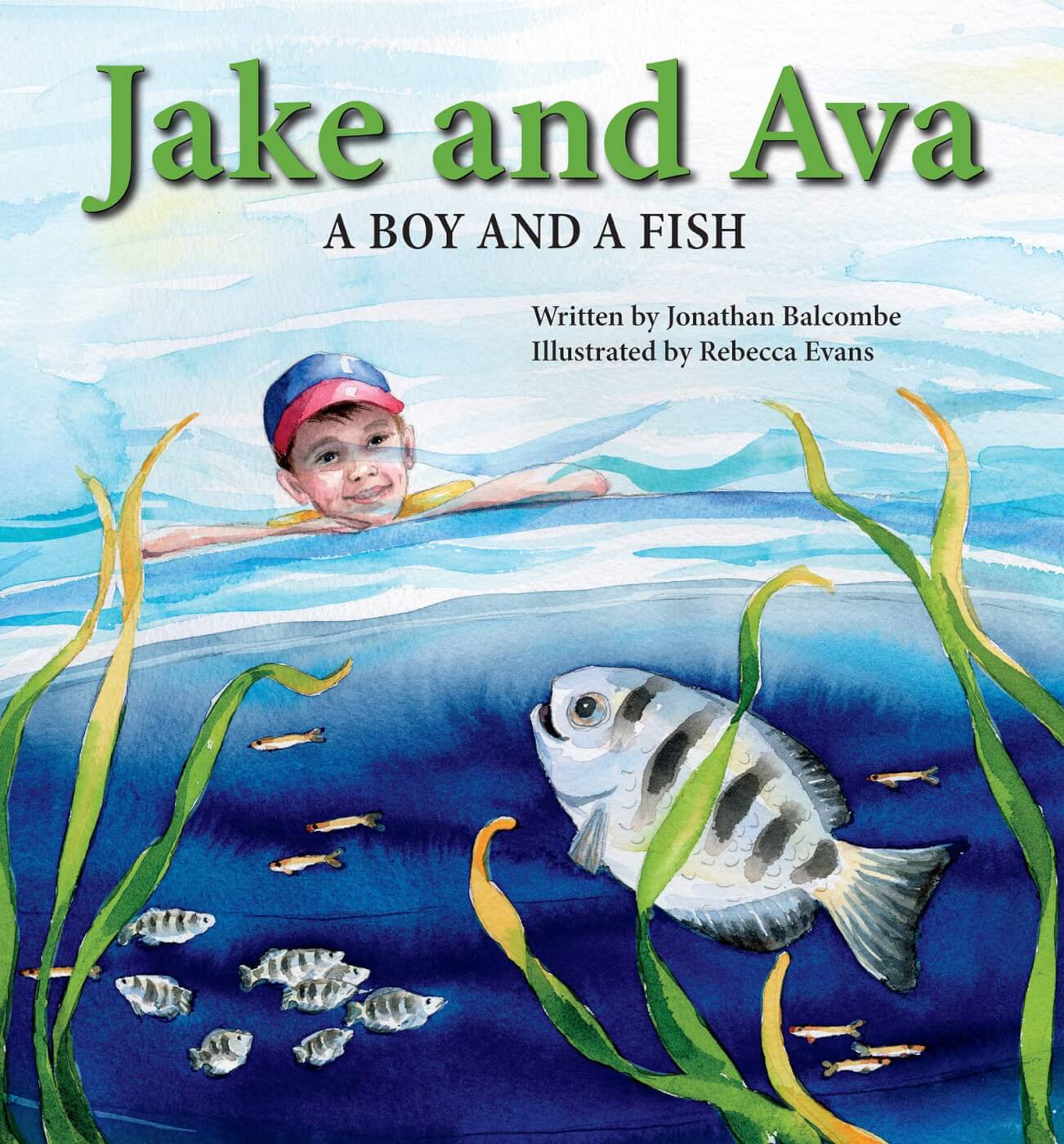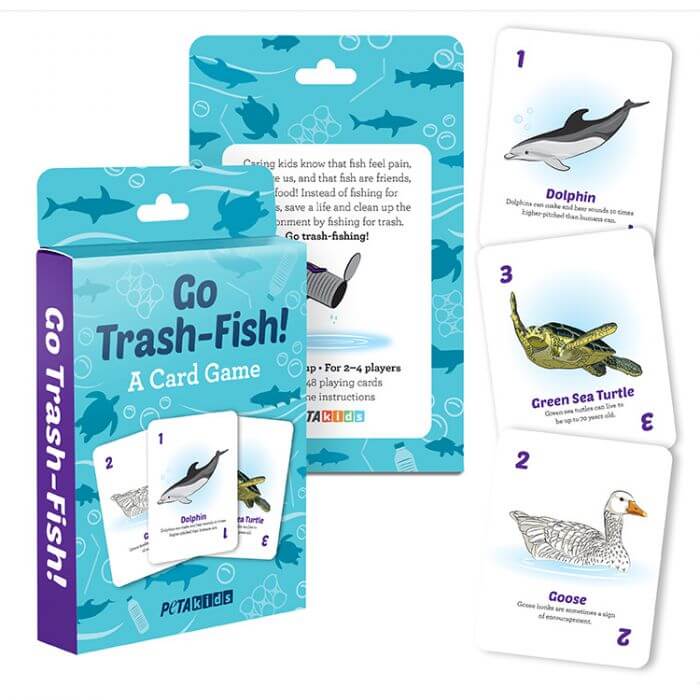3 Fish-Friendly Activities to Teach Students Empathy
Fish are superior beings, a term used to describe them years ago by a forward-thinking 10-year-old who recognized their amazing abilities, even though they’re misunderstood by most humans. Every year, trillions of these smart, social animals are killed—for food, recreation, and in the “pet” trade.
Teaching your students about fish helps combat speciesism, the supremacist worldview that leads humans to treat animals as mere objects rather than as individuals. Use the following activities to help your students discover all the ways that fish are superior beings—they’ll never look down on them again!
1. Share these fascinating facts with your students to show them that fish have superpowers: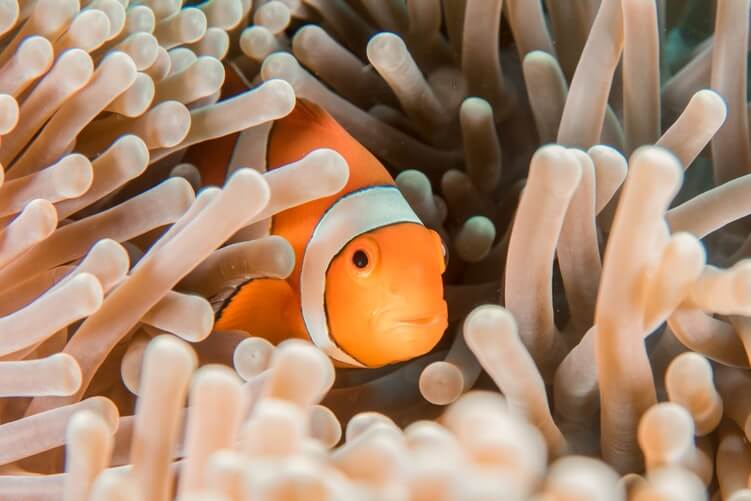
Fish Are Smart and Have Excellent Memories
- Fish may look very different from humans, but one scientist who studies our aquatic friends says that they’re smarter than they appear. In fact, in many ways, including in their ability to remember things, fish are as smart as or even smarter than some primates. Remind students never to judge a book by its cover—or judge anyone by the way they look.
- Perhaps your students have heard the myth that fish can only remember things for three seconds. Actually, some fish can remember things for years. For example, after Australian crimson spotted rainbowfish learned how to escape from a net in their tank, they remembered how they did it almost a whole year later! Ask your students if they think they’d remember a lesson you taught them 40 years later, which is about the equivalent time frame for humans.
Fish Are Talented Singers
- Fish don’t have vocal cords, but they’re excellent at communicating with one another through various sounds, scents, electrical pulses, and motions. For example, knifefish and elephant fish can send and receive electrical signals while interacting with each other, traveling, and searching for food.
- Fish are like the songbirds of the sea. Scientists have found evidence that certain species actually sing together—in a chorus!—each day at dawn and dusk.
Fish Have Powerful Mouths
- Since a fish’s jaw is not attached to the skull, some of them can shoot it forward like a spring to catch food.
- Catfish have over 27,000 taste buds, while humans have fewer than 10,000.
- Imagine scaling a mountain—with your mouth! Gobies have suction cup–like suckers in their mouths and on their stomachs, which they use to latch onto rocks while inching up massive waterfalls.
- Parrotfish sleep in a blanket of “snot” to protect them from parasites. Every night before going to sleep, they secrete mucus, which envelops their entire body with a protective coating (similar to a mosquito net or a cocoon).
Fish Are Friendly
- Fish recognize and remember other fish. They know when they’re being watched by others and often change their behavior accordingly. Ask your students to consider how they may behave differently when they know someone is watching them, and point out that fish do the same thing.
- Batfish play dead when danger is near. They remain motionless on their sides when they’re scared, which makes them look like dead leaves floating on the water’s surface.
Share TeachKind’s “Fun Fish Facts” activity sheet with students so that they can learn even more interesting things about these fascinating animals:
2. Read with your students Jake and Ava: A Boy and a Fish by New York Times bestselling author Jonathan Balcombe—and use the following discussion questions to build their empathy for fish and other animals, including humans.
- Pages 1–2: How does Jake feel about going fishing for the first time? (Answer: He’s excited.)
- Pages 5–6: How does Jake help a worm? (Answer: When Grandpa says that he’s going to pierce a worm on the hook, Jake asks if that will hurt the worm and if there’s something else they could use as bait. Grandpa instead uses a fake rubber worm, which can’t feel pain, like a real worm.)
- Pages 17–18: Why do you think Jake looks sad after he catches Ava? (Answer: He can see that Ava is scared and in pain. Her eyes look frightened, she opens and closes her gills but can’t breathe, and her tail curls up as she tries to wriggle free. Jake feels bad for hurting her.)
- Pages 23–24: How does Jake feel about fishing at the end of the story? (Answer: He decides that he doesn’t want to go fishing anymore.)
Use other TeachKind resources to continue the conversation about fascinating fish and help students understand that these animals deserve our consideration:
- Sea Life, Not Seafood: Lessons on ‘A Fish’s Life’
- Inspiring Rescue Videos to Teach Compassion for Fish
- Fishing: Activities to Teach About the Human Impact on the Environment
- Empathy-Building Literacy Centers: Betta Fish Belong in the Wild
3. Play “Go Trash-Fish!”—an animal-friendly twist on the classic game.
Just like us, fish have distinctive personalities. Some are cautious, some are curious, and others are courageous! Some even garden, growing the plants they like to eat. Fish feel pain and want to live—they don’t want to end up on someone’s plate.
In the new “Go Trash-Fish!” card game, kids don’t “go fish” (which, in real life, hurts and kills aquatic animals). Instead, they help clean up animals’ homes by “fishing” for trash—an activity kids can organize in their communities, too—and each colorful card reveals fascinating facts about an animal saved in the process. The game encourages kindness and environmental stewardship, and it’s perfect for kids to play at home or in the classroom.
*****
Need more fun and creative ideas to engage students academically as they learn to share the world with other animals? Sign up for TeachKind News today:
By submitting this form, you’re acknowledging that you have read and agree to our privacy policy and agree to receive e-mails from us.

